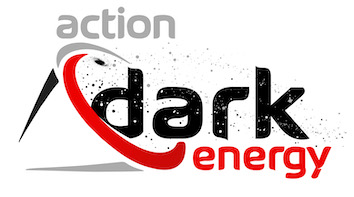Orateur
Description
Halo Dark Matter (DM) Formation is a complex process, intertwining both nonlinear gravitational and cosmological phenomena.
One of the manifestations of this complexity is the shape of the resulting present-day DM halos : simulations and observations show that they are triaxial objects. Interestingly, those shapes carry cosmological information; We prove by two different methods that cosmology, and particularly the dark energy model, leaves a lasting trace on the present-day halos and their properties.
- First, we show that the overall shape (when carefully computed) of the DM halo exhibits a different behavior when the DE model is varied. We explain how that can be used to literally "read" the fully nonlinear power spectrum and estimate cosmological parameters (such as $\sigma_8$) within the halos' shape at $z=0$.
- Then, we implement machine learning methods to classify DM halos according to their corresponding cosmology: we associate to each simulated halo, « ellipsoidal » mass and shape profiles. Those are defined to efficiently keep track of the matter distribution anisotropies. Such attributes allow a properly trained learning device to find the dark energy model of the Universe within which these halos have grown. We also study the misleading methodological biases of Machine Learning approaches, aka "Clever Hans effects", and the way to fix them.
To that end, we worked with "Dark Energy Universe Simulations" DM halos: DM halos are grewed in three different dark energy models, whose parameters were chosen in agreement with both CMB and SN Ia data. Although the resulting cosmic matter distribution are thus extremely close from one cosmological model to another, a careful analysis using machine learning methods allowed to discriminate each DM halo according its cosmological model.

